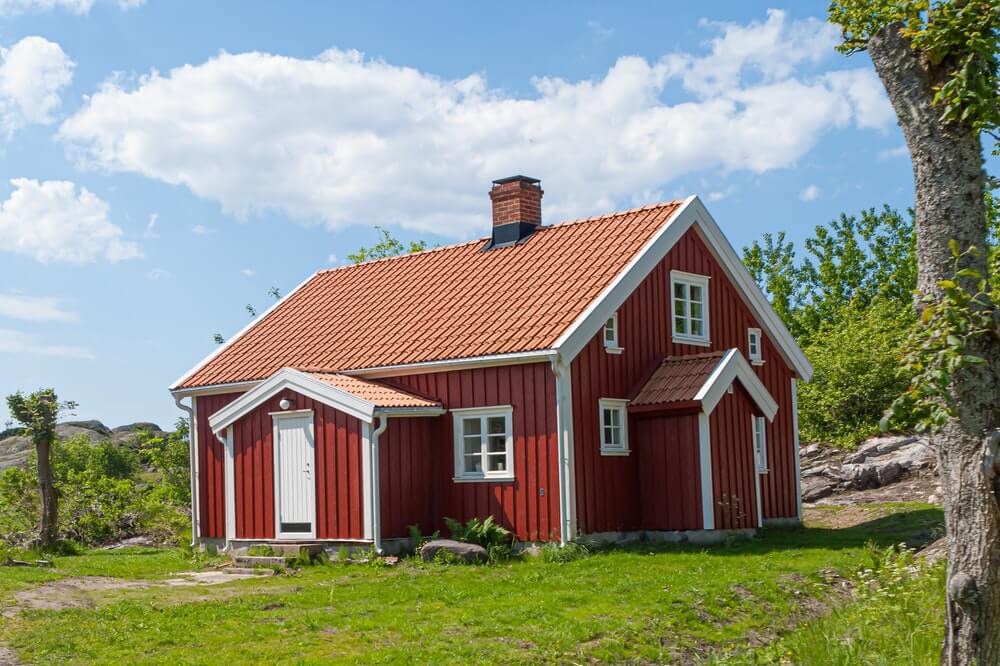 The Australian Heritage Homes team sees lots of different trends in the designs of homes. A lot now are related to more modern architecture, but we are seeing a revival in older-style homes and different elements of them. We’re just putting an evolutionary spin on them, and barns are a great example.
The Australian Heritage Homes team sees lots of different trends in the designs of homes. A lot now are related to more modern architecture, but we are seeing a revival in older-style homes and different elements of them. We’re just putting an evolutionary spin on them, and barns are a great example.
Barns first became not only an asset, but a necessity to farmers back in the 1700s, but in some variations have been around much longer than that. They were built for function, to house livestock year-round, but especially during the colder months. Back then, they were built with logs and had a thatched roof. Farmers left the upper spaces open for circulation of air so that they didn’t have to deal with excess moisture but leveraging mortar in the spaces between the lowest of the legs meant that cold winds remained away.
Fast forward to the mid-nineteenth century and brick barns became far more popular. Decorative patterns allowed owners to discern how much air was allowed in and where. You can still see unusual examples all over the world. Now with the inventions of different types of tools and machinery, the styles changed even further to support the movement of materials through the space with ease.
Why are barns painted red generally? Here’s a fun fact from this article: “Farmers made their own paint, usually with a mix of skimmed milk, lime, and red iron oxide earth pigments—which had a red tint. This created a plastic-like coating that hardened quickly and lasted for years. Linseed oil was subsequently added to the recipe to provide the necessary soaking quality.”
This article has fun information about a handful of historic barns that are looking into if you’re a history buff.
Now, all that history said, barns continue to be a unique asset to a home. Now the trend is to renovate them and determine the best ways to use them. We’ve heard it all – man cave, she shed, studio, even a guest house. The trick is to determine how to renovate them. While they were originally built to be as functional in all-weather types as possible, their charm is in their age. That’s all well and good, but age and charm are not the first things you want to be thinking about if you’re going to be spending a significant amount of time in them.
We recommend a few different things:
- Have an inspector come out and survey the standard and quality of the wood or building materials. You’ll want to know if there are any fears of asbestos, rotting or termites. Trust us, not something you want to know after the fact.
- You’ll also want to ensure that the space is up to code for whatever you plan on using it for and that you’re in partnership with local councils and their ordinances. We can help with that.
- Look into heating and ventilation. As we said, barns were built for function, but they were a lot draftier back then than you’d probably like them to be now.
Questions? Let the AHH team know.